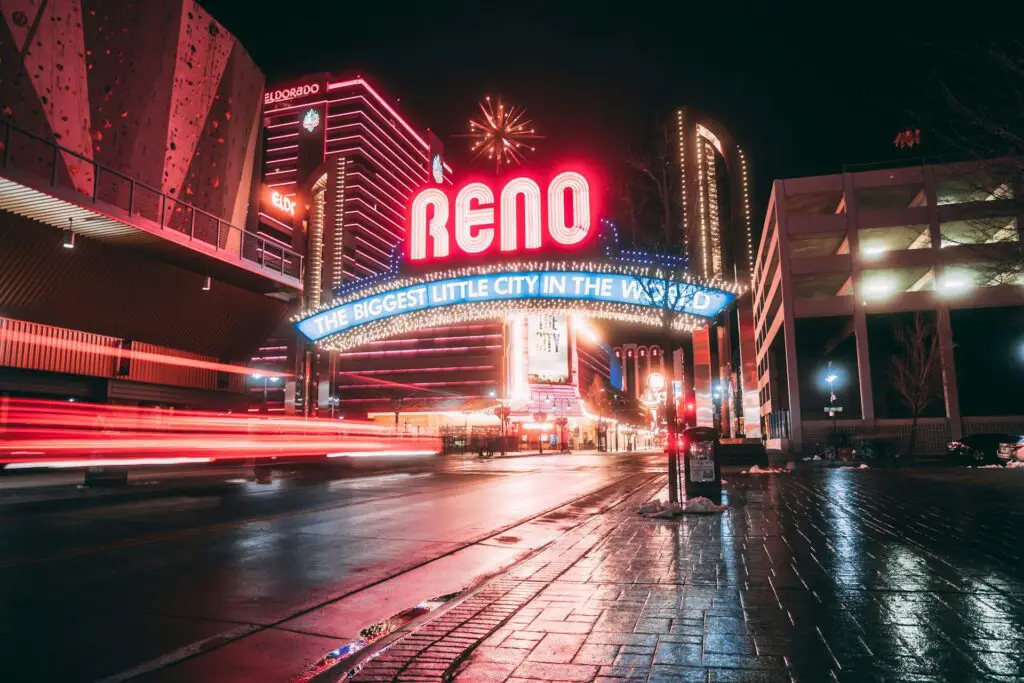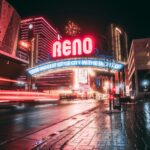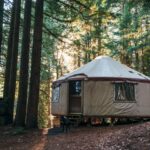The drive between Las Vegas and Reno is more than just a commute between two of Nevada’s most famous cities. It is a journey through diverse landscapes, historical landmarks, and natural wonders that showcase the beauty and ruggedness of the Silver State. Spanning approximately 450 miles, this drive offers travelers a unique opportunity to explore the heart of Nevada, where the desert meets the mountains, and history blends with the present.
Route Options
Travelers have two primary routes to choose from when driving between Las Vegas and Reno: U.S. Route 95 and Interstate 15 combined with U.S. Route 93 and U.S. Route 50. Each route offers distinct experiences and scenic views.
U.S. Route 95: This is the most direct route, taking you straight north from Las Vegas to Reno. It covers around 450 miles and takes about 7 to 8 hours to drive without stops. This route takes you through the heart of Nevada’s desert, offering vast open spaces, rugged mountains, and the occasional small town.
Interstate 15/U.S. Route 93/U.S. Route 50: This alternative route takes a bit longer, covering around 515 miles, but it offers a chance to see different parts of Nevada. From Las Vegas, you head north on I-15, then transition to U.S. Route 93 near the town of Alamo, and finally connect to U.S. Route 50, known as “The Loneliest Road in America.” This route provides a mix of desert and mountain landscapes.
Scenic Highlights
Regardless of the chosen route, the drive between Las Vegas and Reno is filled with natural and historical attractions worth exploring.
Amargosa Valley and Beatty: Heading north on U.S. Route 95, travelers pass through the Amargosa Valley, known for its unique desert flora and fauna. Beatty, a small town on this route, is a gateway to Death Valley National Park. It’s worth a detour to see the stunning desert landscapes and the ghost town of Rhyolite.
Tonopah: Roughly halfway between Las Vegas and Reno, Tonopah is a historic mining town with a rich history.
Visitors can explore the Tonopah Historic Mining Park, which offers a glimpse into Nevada’s mining past. The town’s Mizpah Hotel, rumored to be haunted, is also a notable landmark.
Walker Lake: Further north on U.S. Route 95, Walker Lake provides a refreshing change of scenery. This natural lake is surrounded by mountains and offers recreational activities such as fishing, boating, and picnicking.
Great Basin National Park: If you choose the longer route via U.S. Route 93, a detour to Great Basin National Park is highly recommended. The park features stunning landscapes, ancient bristlecone pines, and the Lehman Caves. The scenic drive to Wheeler Peak is a highlight for nature enthusiasts.
The Loneliest Road in America: U.S. Route 50, dubbed “The Loneliest Road in America,” offers a unique driving experience through remote and unspoiled parts of Nevada. Small towns like Ely and Austin provide a glimpse into the state’s frontier history.
Practical Considerations
Fuel and Supplies: The drive between Las Vegas and Reno includes long stretches with limited services. It’s essential to plan fuel stops and carry extra supplies, especially water, snacks, and emergency kits.
Weather: Weather conditions can vary greatly along the route. Summers can be extremely hot, particularly in the southern desert areas, while winters can bring snow and ice to the northern sections. Always check weather forecasts and road conditions before starting your journey.
Wildlife: The remote areas of Nevada are home to various wildlife, including deer, coyotes, and wild horses. Be cautious while driving, especially at dawn and dusk, when animals are more active.
The drive between Las Vegas and Reno is more than a means of getting from one city to another; it’s an adventure through the heart of Nevada. Whether you choose the direct route along U.S. Route 95 or the scenic detours of U.S. Route 93 and U.S. Route 50, you’ll encounter the state’s unique landscapes, historical landmarks, and the vast, open beauty of the desert and mountains. So, fuel up, pack your essentials, and get ready for a memorable road trip through the Silver State.
Cultural and Historical Stops
In addition to the natural scenery, the drive between Las Vegas and Reno offers a rich tapestry of cultural and historical sites that provide insight into Nevada’s storied past and vibrant present.
Goldfield: Located along U.S. Route 95, Goldfield was once the largest city in Nevada during the early 20th century gold rush. Today, it is a fascinating ghost town with well-preserved buildings and relics from its mining heyday. The Goldfield Hotel, an iconic structure in the town, is reputedly haunted and is a popular stop for those interested in paranormal activities.
Hawthorne Ordnance Museum: In the town of Hawthorne, this museum showcases military artifacts and ordnance. It’s a unique stop that highlights the town’s historical significance as a military depot during World War II. Visitors can see a collection of weapons, ammunition, and military vehicles.
Berlin-Ichthyosaur State Park: This state park, located near the town of Gabbs on U.S. Route 50, combines history and paleontology. The park is home to the well-preserved remains of ichthyosaurs, marine reptiles that lived over 200 million years ago. Additionally, the ghost town of Berlin within the park provides a glimpse into the life of a 19th-century mining community.
Lovelock: Known for its unique tradition of “locking your love,” Lovelock is a charming town where visitors can attach a lock to a chain link and throw away the key, symbolizing eternal love. The town also features the Lovelock Cave, an archaeological site with significant Native American artifacts.
Outdoor Activities
The vast and varied landscapes between Las Vegas and Reno offer numerous opportunities for outdoor enthusiasts to indulge in activities such as hiking, fishing, and stargazing.
Hiking and Biking: Numerous trails along the route offer scenic hikes and bike rides. The Ruby Mountains, accessible via U.S. Route 93, provide challenging trails with rewarding views. The Mount Charleston area near Las Vegas also offers beautiful hiking trails and cooler temperatures.
Fishing and Boating: Walker Lake and Pyramid Lake, located closer to Reno, are popular spots for fishing and boating. These lakes are home to various fish species, including the Lahontan cutthroat trout, and offer serene environments for a day on the water.
Stargazing: The remote areas of Nevada, far from city lights, provide some of the best stargazing opportunities in the country. Great Basin National Park is a designated International Dark Sky Park, offering pristine night skies where you can marvel at the Milky Way and countless stars.
Unique Roadside Attractions
A road trip is not complete without stopping at some quirky and unique roadside attractions that add a touch of fun and whimsy to your journey.
The Clown Motel: Located in Tonopah, the Clown Motel is famous (or infamous) for its extensive collection of clown memorabilia. Adjacent to an old cemetery, it is both eerie and fascinating, making it a popular stop for those who enjoy the unusual.
The Shoe Tree: Found along U.S. Route 50, the Shoe Tree is a lone cottonwood tree covered in hundreds of pairs of shoes thrown by passersby. It’s an odd yet charming symbol of the quirky traditions that travelers leave behind.
Alien Research Center: Near the town of Alamo on U.S. Route 93, this attraction caters to UFO enthusiasts. The Alien Research Center is a large metal warehouse designed to look like an extraterrestrial base, complete with alien-themed souvenirs and exhibits.
Driving between Las Vegas and Reno is an unforgettable experience that offers much more than a simple point-to-point journey. Whether you’re a history buff, a nature lover, or just someone looking for a unique road trip, this route has something to offer. From the stark beauty of the desert to the intriguing ghost towns and quirky roadside attractions, every mile brings new discoveries. So, take your time, embrace the open road, and enjoy the many sights and experiences that this iconic Nevada drive has to offer.







